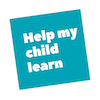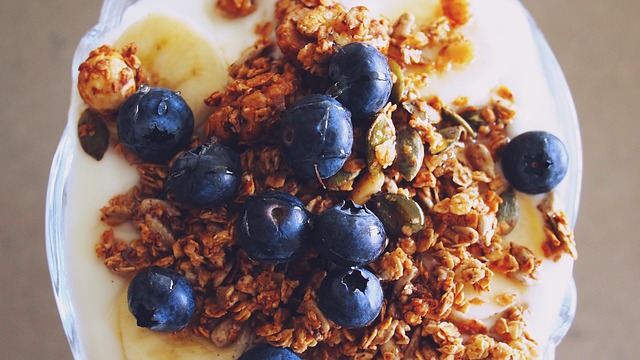The Top Ways Parents Control Focus with Food: High Protein, Low Sugar, and No Fake Colors
As Amazon Associates, we earn when you purchase qualifying purchases from Amazon.
Food affects our lives, and we’re discovering that food has far more power than we might otherwise think.
Especially if you’re dealing with a child who might have attention, behavior, sleep, or depression, it’s important to take a look at the food that you’re providing. It’s cheaper and easier adjust what you feed your child than to drive across town several times a day and pay for a therapist! As a result, many parents choose to start by taking a look at their child’s diet.
Very few doctors are educated in nutrition, beyond a simple class or two. But recent studies have made great strides in understanding just how important nutrition is, and organizations like Harvard health and Healthy Children have started reaching out to educate parents.
Parents of children with focus issues and behavioral swings have been learning about nutrition and changing their childrens’ diets around for years. What have they learned?
First of all, if you change your child’s diet, make sure that you write down what the changes are and when you changed things. Then spend two minutes every day and write down how your child seems: when they wake up in the morning, when they come home from school, and when they go to bed.
Here are the top changes that parents are making to their child’s diet.
High-Protein to Keep Calm
Many parents say that a high-protein diet helps to calm their child and help them focus. Foods that are protein-rich are used to make neurotransmitters, and protein can prevent surges in blood sugar.
Low Sugar to Prevent Activity Peaks and Troughs
Doctors like to cite a study from several years ago. Apparently they gave a bunch of children sugar in a double-blind study. The parents reported activity spikes, but the doctors gleefully crowed that there was no measurable difference. The parents were wrong! Sugar is fine!
Ha. Here in parent-land, we don’t only do things because a double-blind study told us to. We parent based upon our personal experience, the stories of our life, the advice we get from other people, and common sense.
Common sense tells us not to give our child three pieces of fudge before bed, regardless of what a study says. And common sense tells us that if our child has problems regulating energy or focusing, that we should make sure that they eat a healthy breakfast, with plenty of protein, and keep that protein, no-sugar food up through the rest of the day.
New studies have shown that sugar is addictive, causes memory damage, hyperactivity and lack of focus, and even depression.
Avoid the Food Coloring
Parents also report using low-sugar diets, and avoiding colored foods. The Harvard mental health letter reports on a double-blind study looking at whether or not food coloring affects focus and energy level. According to the study, food coloring did seem to affect children’s behavior and focus, and doctors estimated that food coloring might be responsible for about 10% of ADHD symptoms. It’s only a small amount, but many parents feel that it’s worth a try.
Small Protein Snacks Throughout the Day Keeps Children Steady
Some snacks that can give your child the long-lasting protein boost that they need are:
Rolled Turkey and cheese
You can easily pre-package rolled turkey and cheese snacks and bundle them into lunchboxes and hands after school.
Handful of Nuts
Many West Coast Moms buy little packages of nuts and trail mix from Trader Joe’s and hand them out as snacks. If you can train your child to reach for a little pack of nuts when they’re hungry, that’s a great habit for life!
Granola Bars
Granola bars often have added sugar, but RXBars are wonderful. They only contain what you see on the front of the package: no color, no gluten, no sugar. This maple flavor RX Bar is in the adult size. The RX bars derive their protein from egg whites, which they claim is the best way to get protein. The adult-size bar has 200 calories, and 12 grams of protein. Around 13 grams of sugar from the dates — but nothing added. Dates contain potassium, magnesium, and zinc. They’re known for being a great food for health, as described in this article.
And this Berry Blast RXBar is in the child’s size. The children’s size has 7 grams of protein, and around 130 calories. It contains about 9 grams of sugar.
Protein powders can turn any smoothie into a protein food.
It can be hard to find packaged foods to put into lunches. Parents report that their children beg for something packaged to eat! If you’re looking for something you can buy in bulk, here are some of the more unusual high-protein snacks that parents give their children for lunch:
Whisps have no gluten, and no sugar. They’re low carb ad high protein, with 6 to 9 grams of protein per gab. Children love them!
Puffs are similar to another (oranger) crunchy, cheesy snack, but they give your little one 21 grams of protein.
A fun website if you’re looking for healthy ways to feed your child is to Google Bento Box Lunch. There are a billion ways to pack your child a lunch that fun, snackable, and healthy.










